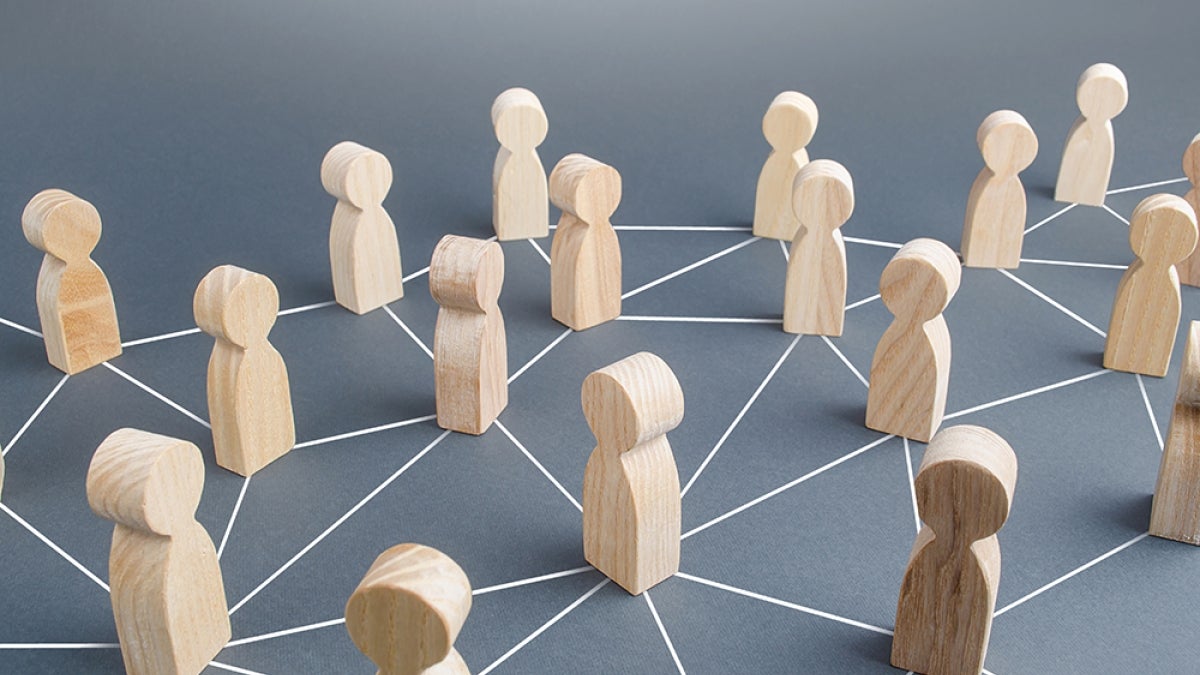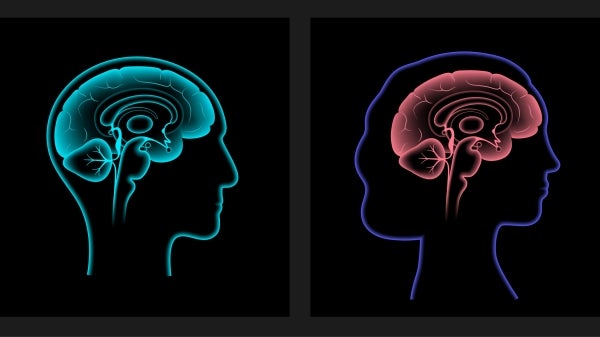Study looks at human cultural adaptation and the effects of ancient climate change

Most species adapt through genetic evolution. But humans, uniquely, also adapt through culture — we come up with good ideas, share them with each other, and build on the discoveries of others. Culture is central to the global success of our species, but why did it evolve in the first place?
ASU researcher Thomas J. H. Morgan and colleagues believe that one clue to why culture developed comes from our ancestors’ adaptation to environmental changes. They published the result of a set of experiments to investigate this hypothesis in the Proceedings of the Royal Society B this week.
From about two million to 10,000 years ago, a period covering much of human evolution, the global climate was extremely unstable. These unpredictable conditions are thought to be a key driver in human evolution. Genetic evolutionary changes would not have occurred quickly enough for our ancestors to adapt. Culture, however, is faster than genetic change, leading to the evolution of culture as a means to rapidly adapt to changing circumstances.
Questions about the hows and whys of culture and evolution are often addressed through purely mathematical simulations. However, simulating something as complex as the human mind is a challenge. To get around this, the researchers invited human participants to take part directly in a simulation by inhabiting a simulated online world and making decisions for simulated human ancestors. In this way, real human psychology was fed directly into the evolutionary simulation. The researchers’ goal was to see whether real human decision-making produces a culture that can respond to a changing climate and so test the hypothesis that culture itself evolved to keep up.
The researchers recruited 4,800 people to take part. Each participant was put in a group of 40 people and then challenged to figure out what to do in their virtual world. Participants were even given simulated genes that controlled whether they could learn from others or not, and successful participants “reproduced.” Newly recruited participants inherited their simulated genes from successful participants.
Depending on their simulated genes, participants could try to figure the world out on their own or learn from the decisions of the previous participants. But every so often, the virtual world changed, rendering old information from previous participants out of date. As the simulation progressed, the researchers monitored how well the group performed.
The researchers explored different ways people could learn from each other across different simulations by sharing information about what a wider range of people thought or letting them make independent decisions if they were unhappy with this shared information. Though these strategies helped participants succeed, they still didn’t prevent severe issues when the environment changed.
“Some participants engaged carefully and critically with their group’s culture, and some were even contrary mavericks who consistently did the opposite of what others were doing. But most people just went along with the majority, drawing on the accumulated expertise of past generations to make quick and effective decisions,” said Morgan, a research scientist with the Institute of Human Origins and associate professor with the School of Human Evolution and Social Change.
The general result pattern was that while the “world” was stable, the groups evolved to focus on cultural learning. But when the environment changed, cultural transmission of information could not keep up, and so groups evolved to return to individual learning.
The results hint that while there are some signs of people using culture to learn from each other to adapt and solve the problem of climate change in their simulated world, it trades off against the need to faithfully learn valuable information from previous generations. And sometimes, in order to adopt to new circumstances, participants needed to ignore some past information. However, ignoring information could lead to missing out on valuable insights from the past.
“Some participants verified the accuracy of information they learn from others or seek out up-and-coming traits,” Morgan said. “However, these people are in the minority, and most people simply go along with the group. The tendency to conform causes severe problems when local conditions change, as many people keep doing things that are no longer a good idea, which we call cultural inertia.”
Nonetheless, there are good reasons to conform: Culture contains many good ideas, and being overly skeptical means that participants miss out and end up ignoring the accumulated experience from past generations. Thus, culture finds itself in a trade-off: The flexibility required to track rapid change works against the fidelity required to take advantage of cultural knowledge.
“Everything humans have done since the dawn of agriculture has happened in a 10,000-year blip of remarkable climactic stability. These results highlight the precariousness of humanity’s position should instability return. Culture has enabled us to do amazing things, but it’s not clear that it could handle the kind of instability that was common up to just a few thousand years ago,” Morgan said.
“For the human past, this means culture didn’t just evolve as a means of rapid adaptation, but part of its benefit also comes from the valuable ideas that can be passed down and would be unlikely to be discovered anew each generation. For the human future, this shows there are limitations to the speed with which we can adapt to new conditions, such as climate change, and we should plan accordingly.”
Research article: The experimental evolution of human culture: flexibility, fidelity and environmental instability by Thomas J. H. Morgan, Jordan W. Suchow, Thomas L. Griffiths, can be accessed online at https://royalsocietypublishing.org/doi/full/10.1098/rspb.2022.1614.
More Science and technology

The Polytechnic School at ASU hits milestone mark at 10 years
The year was 2014.Taylor Swift released “1989.” "Frozen” and its soundtrack were stuck in the minds of many.Facebook was…

Study finds cerebellum plays role in cognition — and it's different for males and females
Research has shown there can be sex differences for how male and female brains are wired.For example, links have been made…

Artificial intelligence drives need for real data storage innovations
In southeastern Mesa, Arizona, construction crews are hard at work on a state-of-the-art data center. The $1 billion…